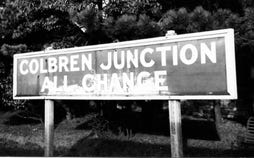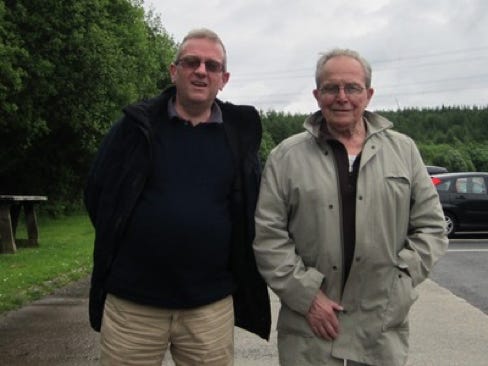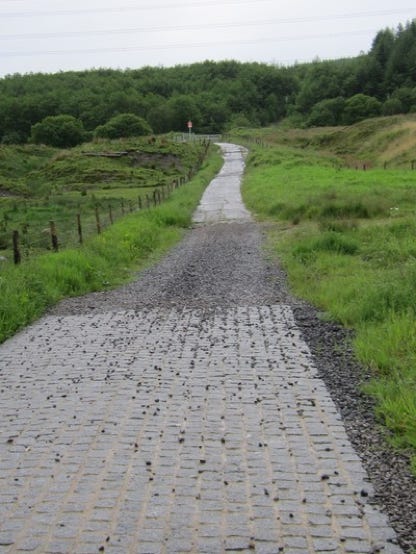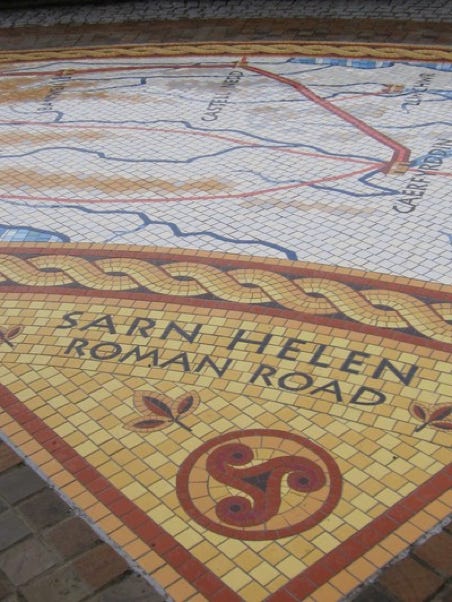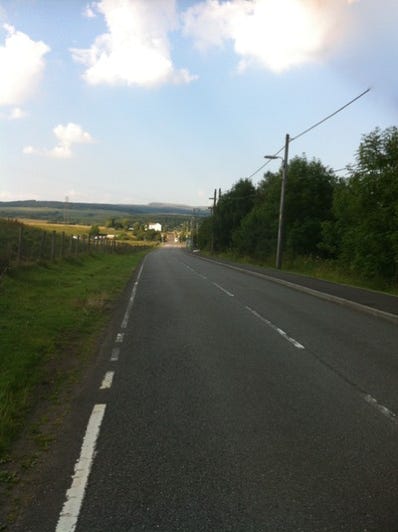I am grateful firstly to Nan and Gwilym Jones of Coelbren House, for sharing much of the family history with me and for being very generous with their time and support. Sadly, Gwilym passed away in 2021. WT Davies also provided his time as well as his tremendously well-researched books on the local area. Many of the photographs here are from his meticulous accounts: these have helped considerably with the surrounding context and I am grateful for his permission to reproduce many of them; for this I hope I have shown due attribution.
George B Evans of Banwen also gave his time and valuable insight, both in person and through his books. Elaine Parry did some very helpful translation work. Various contributors to Public Member Trees on ancestry.co.uk helped initially in the basic form of some elements of the family tree. Alison Skipper and Lynne Davies of the Powys Family History Society gave invaluable and detailed assistance with earlier generations of the Morgans at Llywel.
Staff at the South Wales Miners’ Library, Swansea, the DOVE Workshop, Banwen, and at West Glamorgan Archives, Swansea, were universally helpful and accommodating. The Bibliography lists works I have found essential in all aspects of this work.
Various members of the extended family, including Jeff Alexander, Anne Brooks, Alun Jeffreys, Simon Jones and Eurof Lewis, maintain contact with questions and to share further information, and I appreciate that greatly. Some of the content of the site has been developed collaboratively, and I would like to work more in this way together.
Birth, Marriage and Death (BMD) information is stated as reliably as possible. Post 1837, the most reliable source of BMD data is the General Register Office, who produce BMD certificates on request and while I have obtained many of these, it is unfeasible to obtain them all. Some birth years are inferred from ages recorded on census returns but these can be unreliable and inconsistent from census to census (the ages were self-declared and not subject to any check). Birth years can also be calculated from the age at death given on monumental inscriptions in graveyards, but again these are often inaccurate and can often rely only on sometimes hazy family memory. Where no BMD information or details of children are given for a person, this does not mean these events did not occur, it is simply that I haven’t been able to find any information for them. Part of the purpose in publishing this work is so that other people might be able to fill in some gaps. There is also the issue that these families were mainly non-conformist, meaning that earlier official records may not exist at all for some them, the reasons for which are given in the text.
Welsh place names sometimes go through many spelling variations over the years and I have also no doubt made many mistakes myself here. I am grateful for any corrections. I have generally stuck to names as officially recorded in English, e.g. “David” for “Daffy” or “Dewi", “Mary” for “Mari”, “Howell” for “Hywel” etc., although this is inconsistent.
It is difficult to present these families together in a diagrammatic family-tree format (although this is shown for the bare bones of some families and to illustrate what I believe to be some interesting connections). This is due to the sheer complexity of the inter-family relationships and also the number of people involved. I have decided to present the families generation by generation as I feel this gives a better picture of the lives of contemporaries together.
This is always work in progress and there is much to do in finding and linking ancestors. I am equally keen to fill in gaps – as shown – in the later generations and am grateful for any assistance. However, I aim generally to exclude reference to living family.
Many maps, census extracts, and extracts from Birth, Marriage Death Certificates have been reproduced here in breach of mainly Crown Copyright. This has been done on the basis that such records have been reproduced selectively and contextually, for limited and specialised family use. If there is anything else I have overlooked in terms of provenance or attribution, please contact me.
In immersing oneself in studies of the past like this there is a danger of neglecting the present. The poet RS Thomas wrote, “There is no present in Wales/And no future; There is only the past” (from ‘Welsh Landscape’). Yet our ancestors position ourselves in the present. They inform our feelings, motivations and actions today and I am pleased to be able to illuminate their lives somewhat.
This work attempts to be an impressionistic account of where and how my ancestors lived. I have inevitably made comparisons with the present and do recognise that in doing this - two generations removed and not living in the area - I may not be entirely qualified to do so. There will also be generalities when not talking about specific individuals: for example, it is possibly reductive of me to talk collectively about “miners” without recognising the many variations and shades of opinion and experience in that group of people.
I do aim, however, to look for and use original sources - written or sometimes oral.
I would very much welcome any further information, corrections and suggestions, indeed advice is welcome on any aspect of this work. Please use he contact form at the bottom of any page.
A booklet containing some of the information on this website was produced in 2016. About 50 copies were distributed to family members, who were asked to make a donation, in lieu of payment, to this charity. Approximately £300 was raised and further donations may be sent to the address above. Thank you to all who have given to this important charity, supporting those in what, for many, is already a forgotten industry.
Gareth Jones
2015-22
